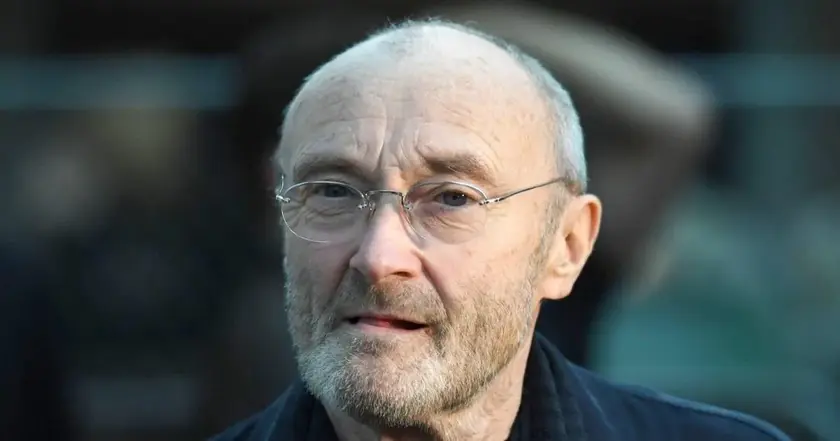T4K3.news
AI fake photo debunked
Fact checks confirm the image of European leaders waiting to meet Trump is AI-generated and not from the White House event.

A viral claim that European leaders waited in a White House corridor to meet Trump is false.
AI image of European leaders waiting for Trump debunked
A blurred image circulating online claimed to show European leaders lined up in a White House corridor waiting to meet US President Donald Trump. The meeting did occur on Monday, August 18, with Ukrainian President Volodymyr Zelenskyy joined by leaders such as Emmanuel Macron, Olaf Scholz, and Ursula von der Leyen, but the photo in circulation is not from that moment and is AI-generated. Tech researchers at Euroverify say several AI-detection tools flagged the image as likely synthetic, and a reverse image search surfaced a higher-quality version that reveals inconsistencies like mangled fingers and extra feet. None of the leaders shown appears to match the people who attended the Washington gathering, and the image did not appear on reputable outlets covering the event.
Ukraine’s Center for Countering Disinformation and other fact-checkers highlighted the image as a deliberate mislead intended to portray European leaders as subservient to the US president and as part of broader disinformation campaigns linked to Russia. The episode shows how quickly fake visuals can spread and why verification matters even in urgent political moments.
Key Takeaways
"A fake photo is spreading online"
Ukraine's Center for Countering Disinformation described the image as AI-generated and part of propaganda
"This photo was created using artificial intelligence and is being spread by russian propaganda to discredit European leaders"
Official Ukrainian response to the misinformation
"Disinformation has risen dramatically since the invasion"
Observations on the broader trend of misinformation
"Images can travel faster than the truth online"
Editorial reflection on how visuals shape perception
The episode exposes a key risk of the digital era: visuals carry more weight than captions and can shape perception before facts are checked. AI-generated images exploit trust in recognizable faces to push a narrative, testing readers’ ability to distinguish signal from noise. It also underscores the challenge platforms face in moderating increasingly convincing fakes while preserving free expression. A clear takeaway is that credible sourcing and transparent context matter as much as the image itself, especially when high-stakes diplomacy is involved.
For policymakers and media, the incident is a reminder to invest in verification tools and to elevate media literacy. It also highlights how disinformation can influence public sentiment about international cooperation. As AI tech grows more accessible, audiences should demand sources and provenance for dramatic visuals rather than accepting them at face value.
Highlights
- Verify before you share even when the story fits a narrative
- AI images test our patience for truth
- Trust is earned by evidence not by emotion
- Disinformation moves faster than fact
Political misinformation risk
The piece centers on a false AI-generated image involving European leaders and a high-profile US president. It could fuel political misperceptions and create backlash against EU officials or misinform publics.
Truth online rests on careful checks and clear sourcing.
Enjoyed this? Let your friends know!
Related News

Billie Eilish clarifies Met Gala appearance
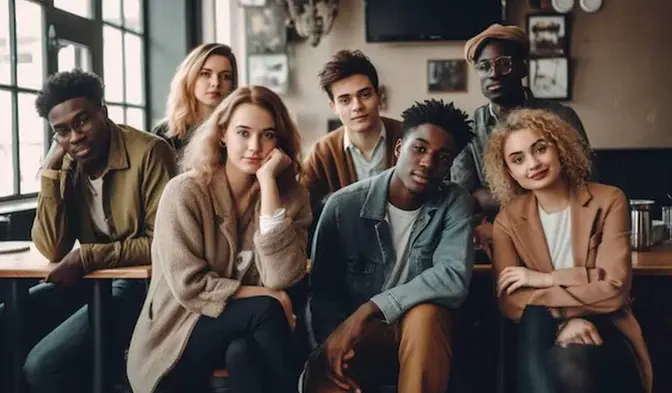
Debate emerges over banning AI-generated humans

AI edited listing sparks neighbour concern
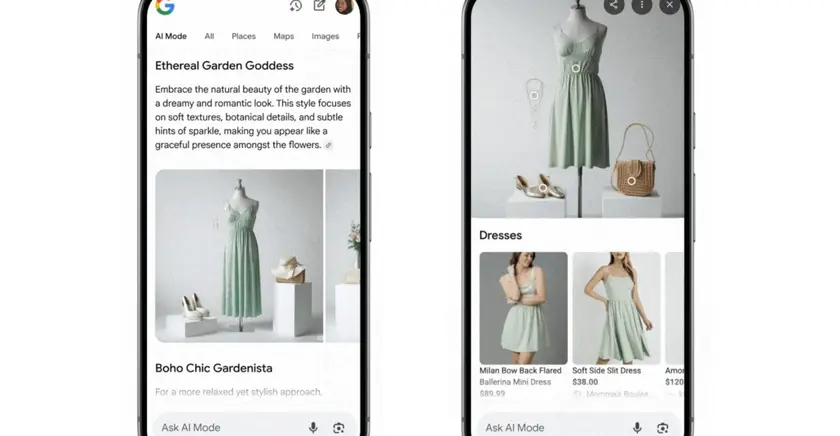
Google AI Mode set to revolutionize online shopping
Pixel 10 Pro Pro Res Zoom faces real world test
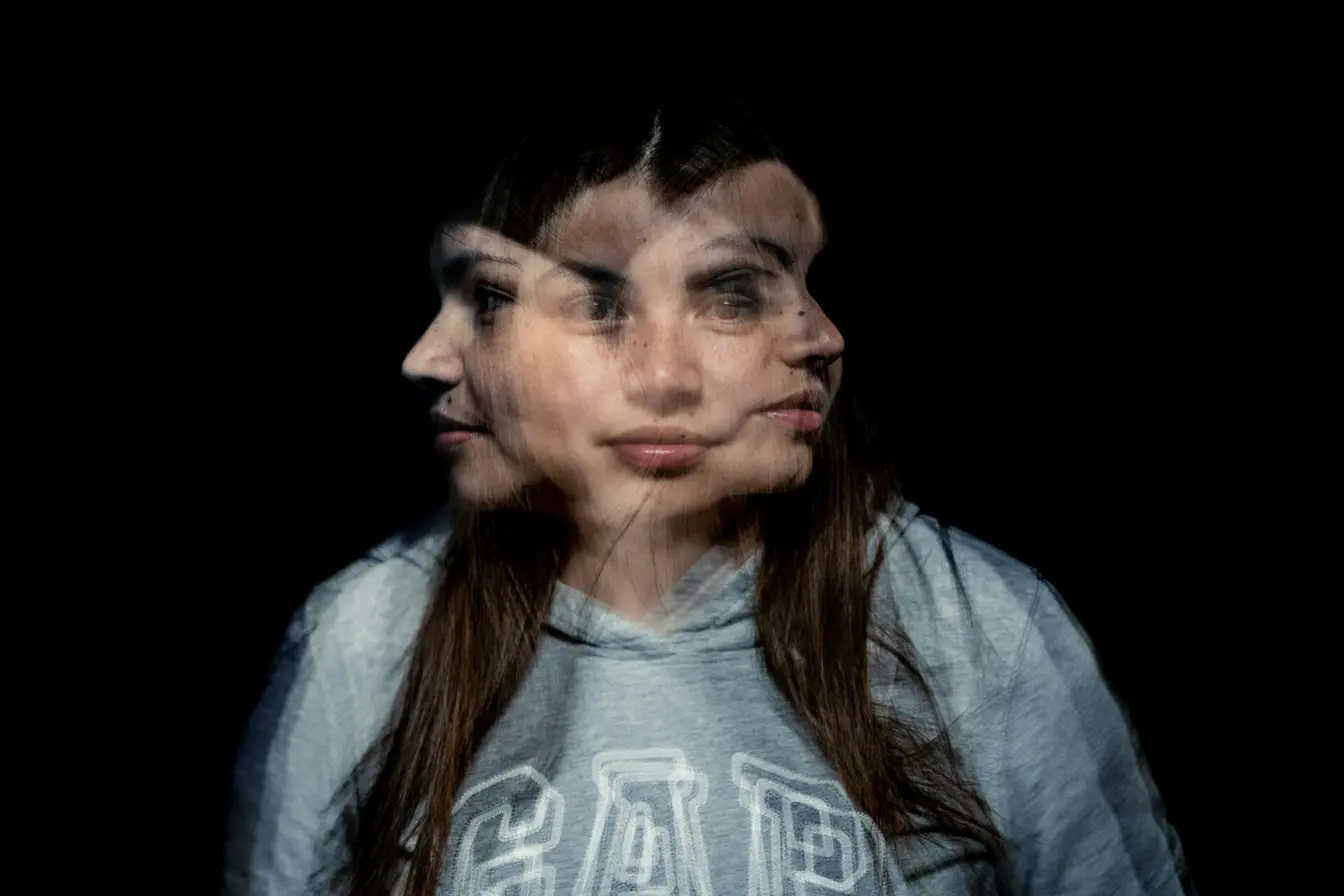
Content creator victim of AI-generated identity theft
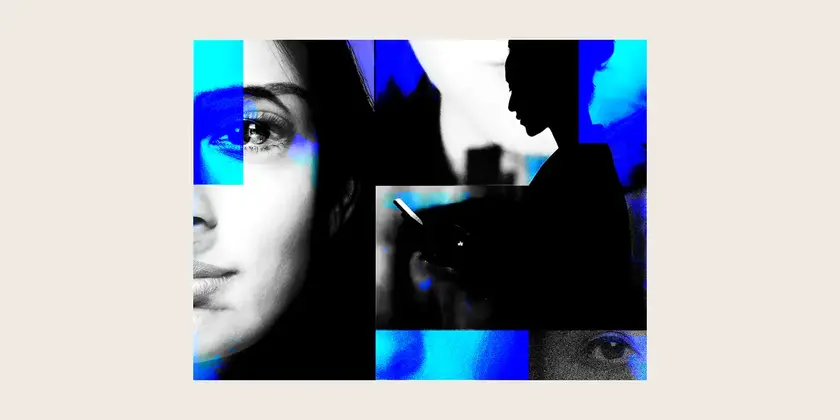
Instagram deception fuels global pigbutchering crypto scam
Pixel 10 Pro 100x Zoom Relies on Generative AI
